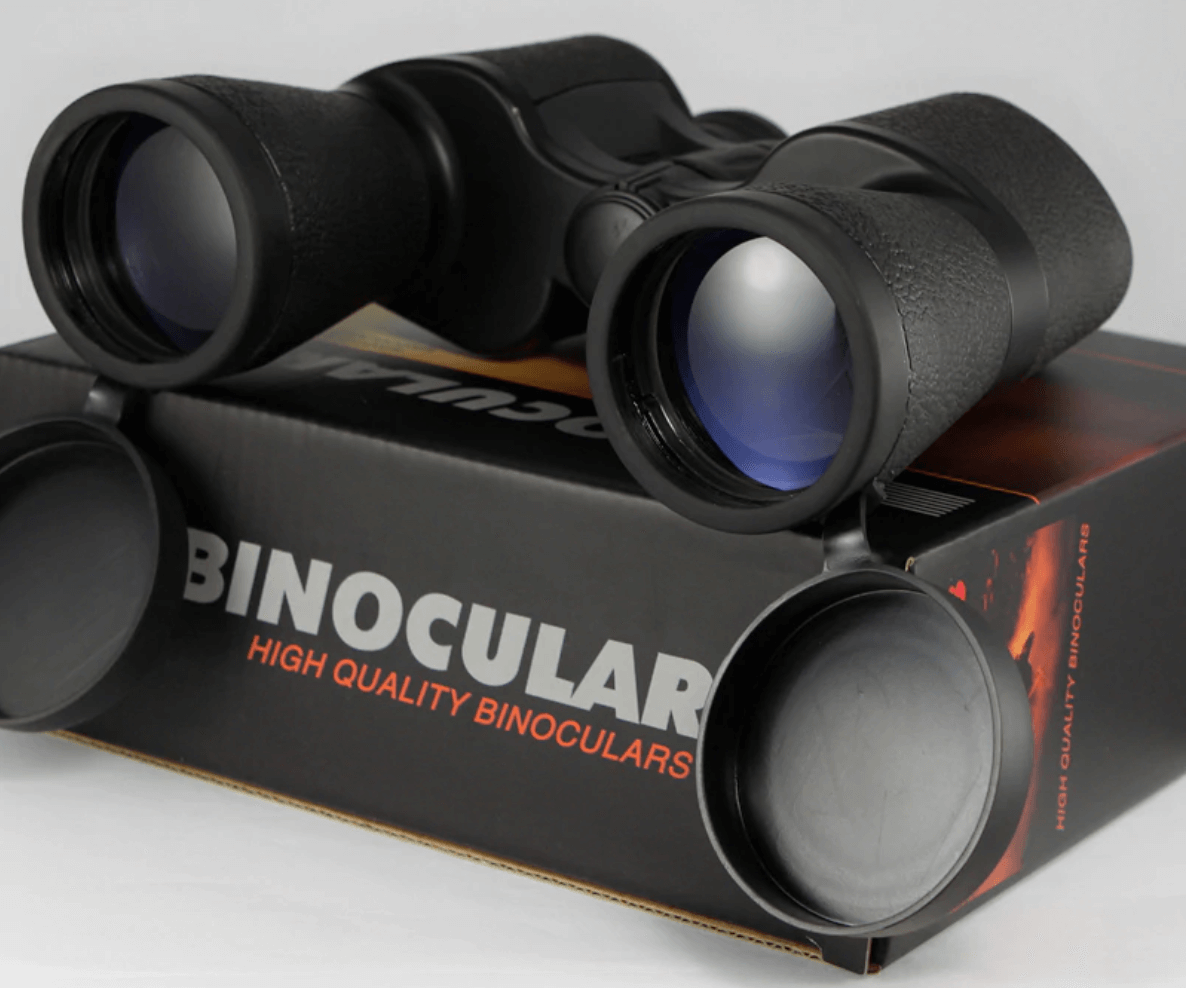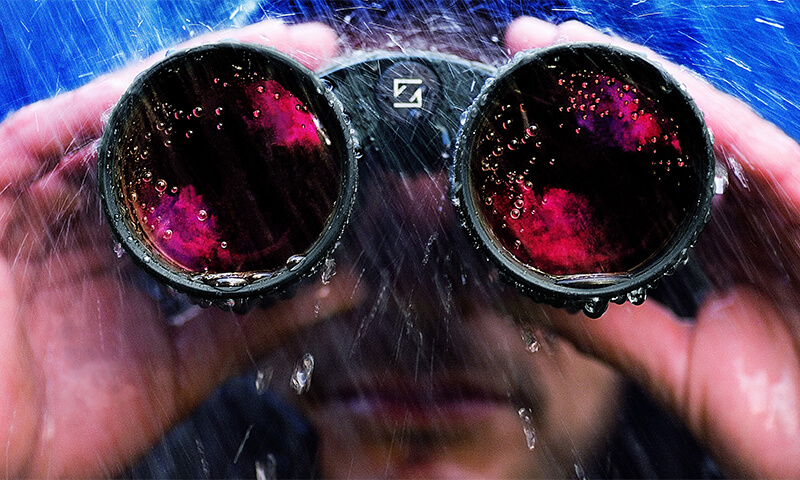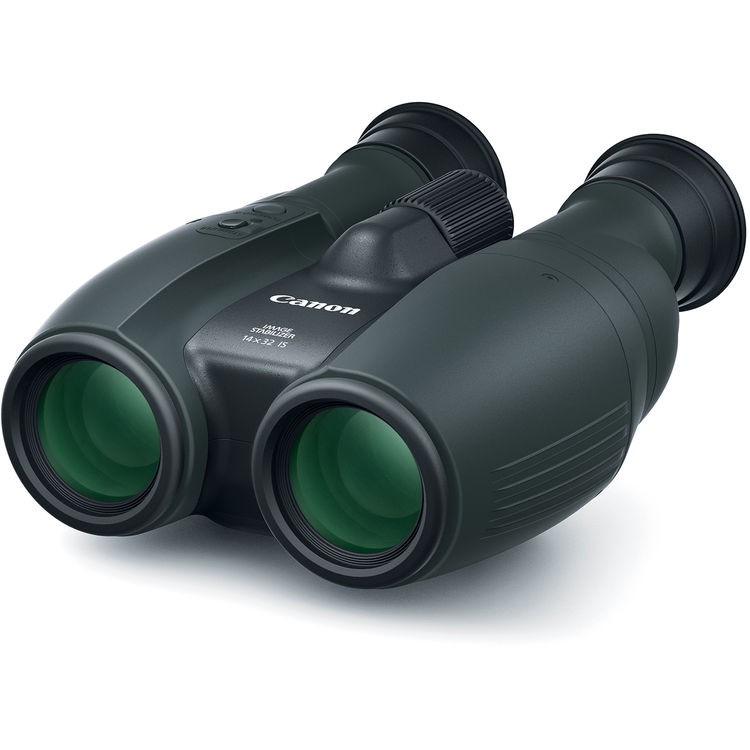Can You See the International Space Station with Binoculars?

This is a very interesting question that very often gets asked by those interested in astronomy and I decided to share my knowledge and experience in that field.
Many people think that to see ISS you need to have a powerful optical instrument but in fact, you can see ISS even without a telescope.
You can see it with a naked eye only in the form of a moving star. We have a question today: Can we see it the International Space Station with Binoculars? Let’s find it out.
What is ISS?
International Space Station is one of the most interesting achievements of the mankind for the last 50 years. It is the largest flying object ever built outside our Earth.
Any astronomer wants to see most interesting and popular objects using their optical instrument and ISS is one of such objects.
International Space Station was launched thanks to countries, such as Russia, USA, Japan, and 17 other countries.
ISS is approximately 400 kilometers above the surface of our earth.
First “Zarya” module was sent to the orbit, then other modules were added, such as “Unity”, “Star”, “Destiny”, “Harmony”, Kibo, “Columbus” – first European space station.
Today ISS consists of 8 modules like an international space hotel and operating thanks to partnership between Russia, USA, Canada and Europe.
Over the years ISS has been modified multiple times. See the example of ISS in 1999 and 2011.
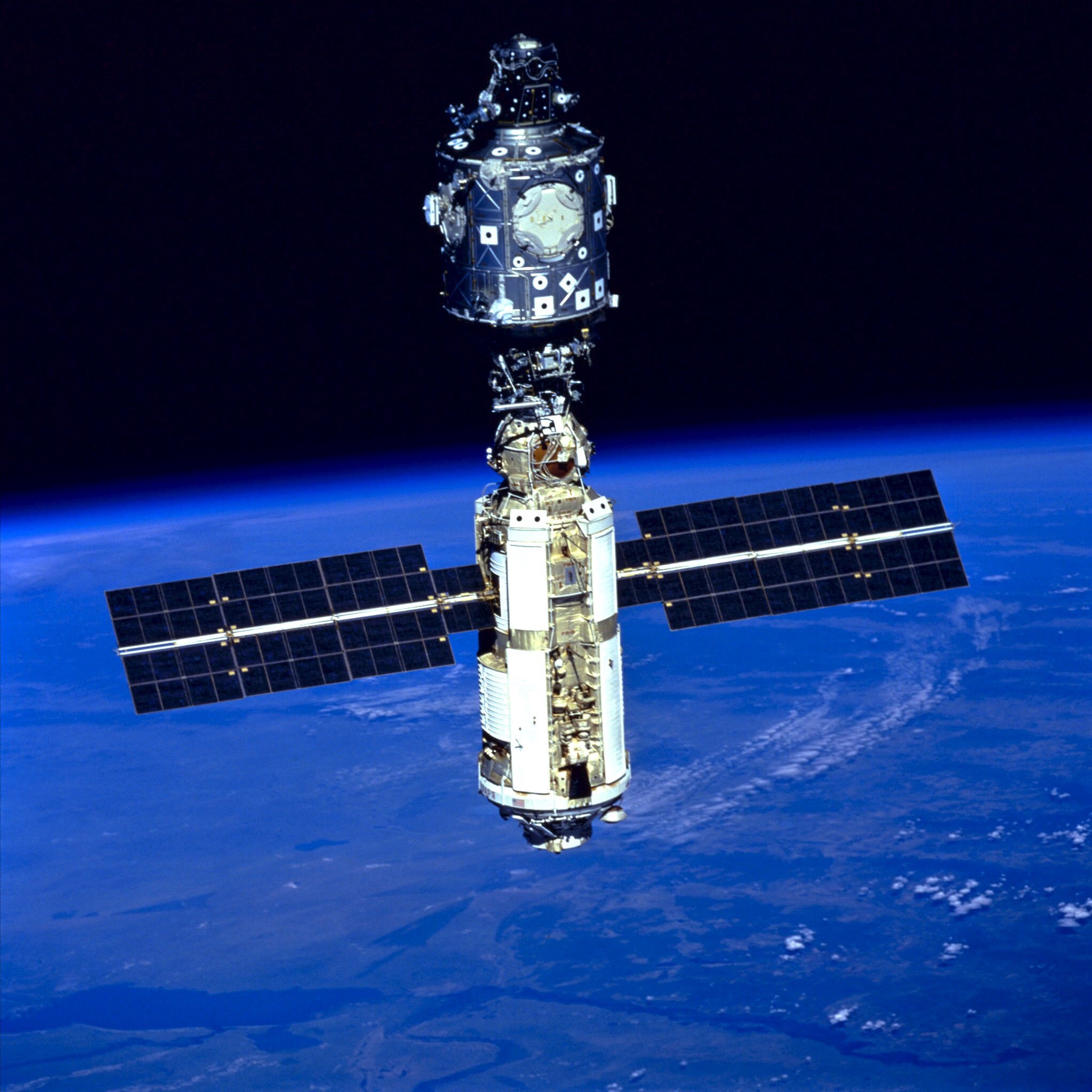
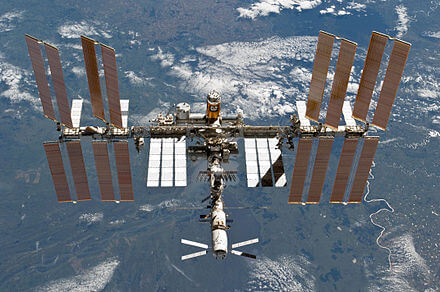
How to spot ISS to observe it with binoculars?
The International Space Station moves very fast and you have only a few minutes to be able to observe ISS with your optical instrument.
On average it’s about 2-5 minutes time. Since it’s a very short time you need to know beforehand when ISS moves above your city.
There are special program online that can help you track ISS and know exactly the time when you should prepare everything needed for that.
All you need is a good pair of binoculars and tripod.
Programs are very easy to set up and check your location in order to spot ISS in your living city, area.
Just select your location and click next and the program will do the rest. You will get a schedule that will show you the time to expect ISS in your area.
You can choose any of the programs listed below.
Heavens Above There is an android version available.
On this site enter your city or town, the click next and it will show you the schedule when you can expect to observe ISS in your area.
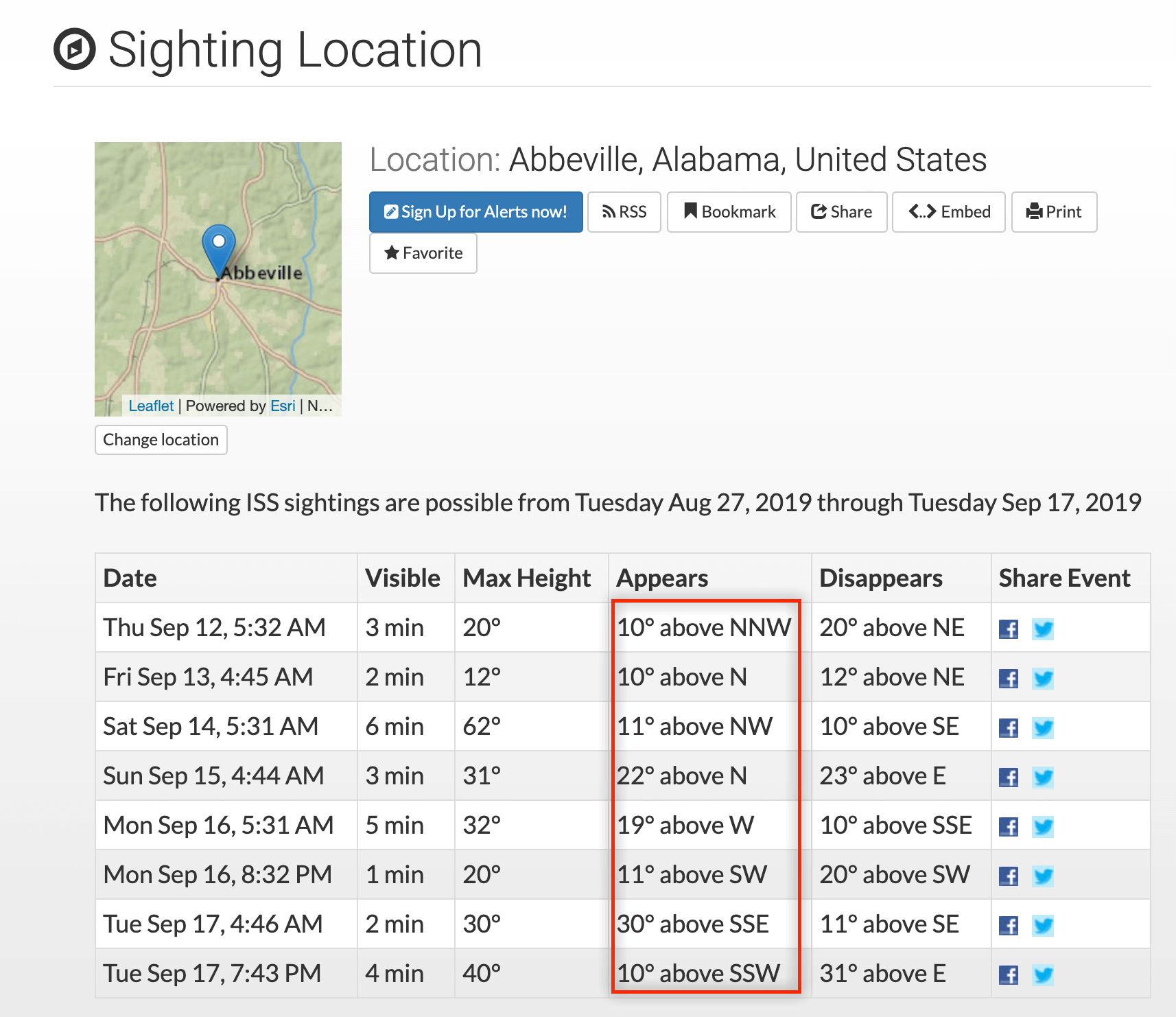
You can do the same on space.com website
On this site you can see ISS live
SatFlare – Track ISS live
There are some programs to spot ISS from your smartphone, such as
It supports both Android and IOS.
There is another program called “ Peopleinspace” that supports IOS and shows you how many people are in space on the ISS.
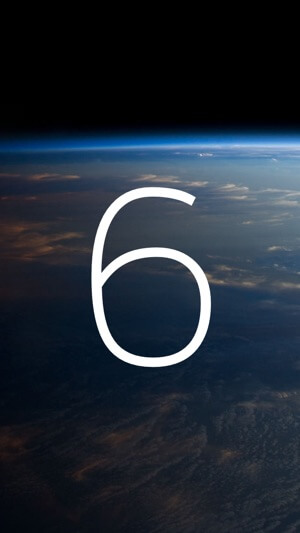
You can se how many people, their names, how many days they are in space.
When you enter your location and get the schedule for ISS, some data can show abbreviations, such as
N (north)
E (east)
S (south)
W (west)
or NW (north west), NE (north east), SW (south west), SSE (south southwest).
For this you need a compass to determine on which part of the sky to expect appearance of the International Space Station. It’s not difficult at all.
Can You See the International Space Station with Binoculars?
As was mentioned above, you can see the International Space Station with a naked eye. But you can’t see any smaller details.
Binoculars can reveal some interesting details. It mainly depends on the magnification power of your binoculars.
Magnification 10x
10×50, 10×40 – With this kind of binoculars it will be difficult to see any details of the ISS. Most probably, all you can see is a moving star of a pea size with some hardly noticeable details of the station. You can see a very small object that looks like a box. Field of view in such binoculars is wide, around 6.3 or 6.5 degrees which means it will be easy to track and observe the ISS.
Note: Sometimes it’s difficult to see the International Space Station with binoculars or any other optical instrument. Because ISS consists of solar panels that reflect sun light and ISS becomes too bright to see any details of the station.
Magnification 15x
When it comes to binoculars 15×60 or 15×70 it’s difficult to see parts of the station’s body. Sometimes depending on the brightness of the object (ISS) you can see rectangular shape of the station without seeing other details.
Magnification 25x
25X100 – with this powerful binocular you can see H shape of the ISS which is very interesting to observe. You can even see solar panels of the station. It’s not surprising because 25x magnification is a pretty powerful binocular.
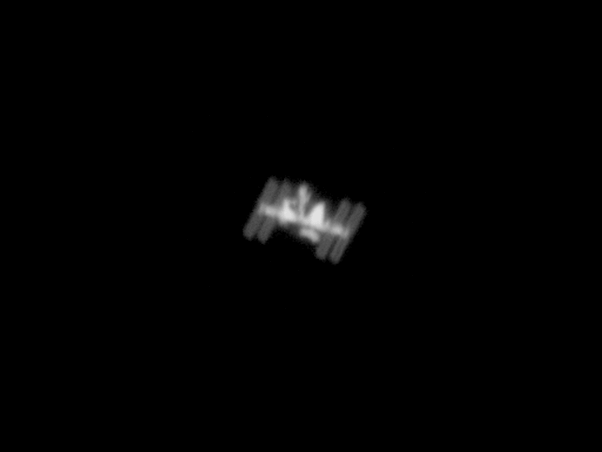
Magnification 48x
Orion SkyQuest XT10 – This telescope has magnification power of 48x. You can see ISS as shown on the screenshot below. It’s a very powerful optical instrument. It’s very difficult to observe ISS with telescope due to a very narrow field of view. For this task binoculars are highly recommended. With astronomical binoculars you can comfortably observe the station and see even small details. Available binoculars have magnification power:
- 40x
- 48x
- 64x
- 94x
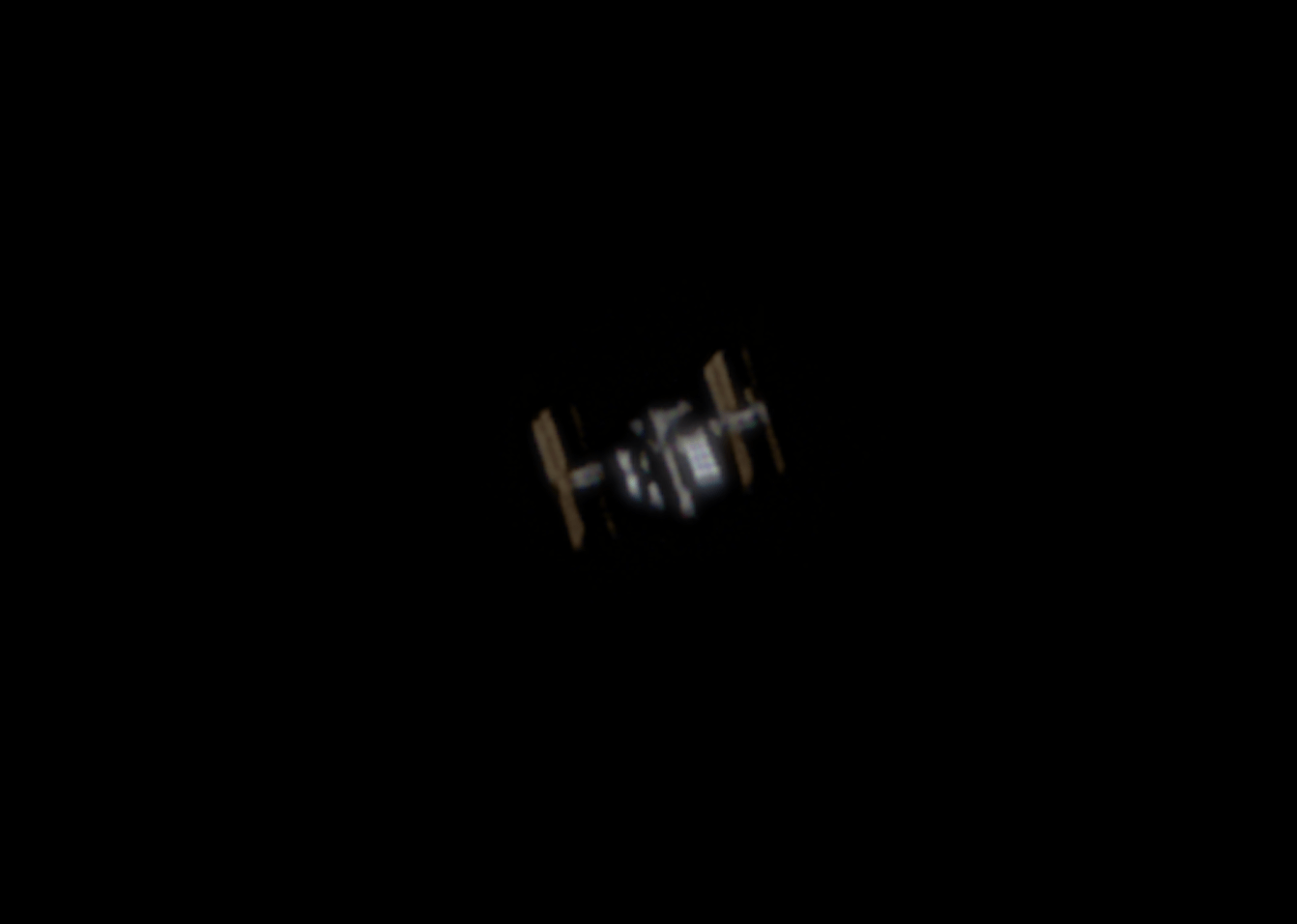
As I said above, all you need for observing ISS is a good pair of binoculars and tripod.
Tripod is required if your binocular is powerful and bulky.
Normally tripod is required for the following binoculars:
- 15×50
- 15×56
- 15×60
- 15×70
- 16×50
- 18×56
- 20×56
- 20×60
- 20×70
- 20×80
- 25×70
- 25×80
- 25×100
- 40×100
- 48×100
If you want to see solar panels and some other interesting details of the International Space Station then binoculars with magnification 25x is highly recommended.
Image stabilization binoculars
With image stabilization binoculars, such as
- Canon 15×50 Image Stabilizing All Weather Binoculars
- Canon 18×50 Image Stabilization All-Weather Binoculars
It will be a great fun to observe the International Space Station without a tripod.
Image stabilization binoculars compensate hand shaking with a special mechanism and as a result you get a relatively stable image.





